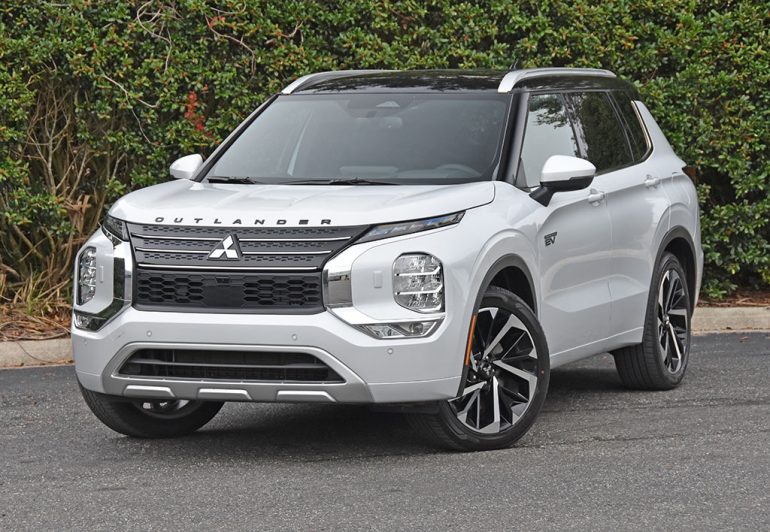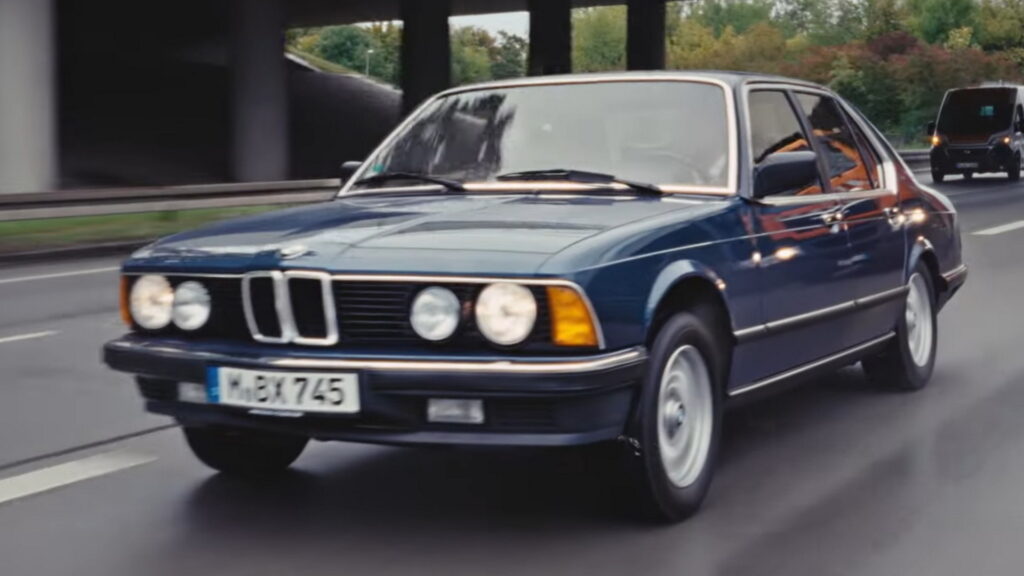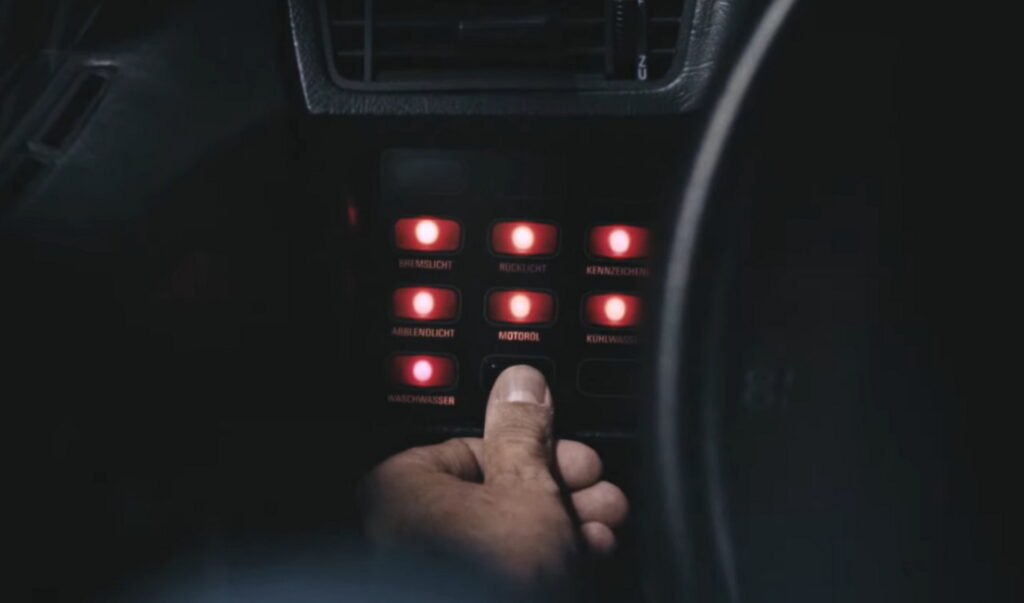Peer-to-Peer Car Sharing Quick Facts
- Car sharing apps provide a method for vehicle owners to make money through short-term rentals.
- Renters can seek specific models to use for extended test drives before making a purchase online or at a dealership.
- Hosts can offset their ownership expenses by car sharing; renters can enjoy desirable vehicles not otherwise available at traditional car rental companies.
Car sharing has become popular in recent years as a short-term rental solution. A car share service may be ideal for those who only need a vehicle for a few days or specific occasions. While you may consider a traditional rental company when you travel or need temporary wheels, it’s worth weighing all your options.
Vehicle owners should also consider the favorable benefits of car sharing. If you own a newer vehicle, understand that it’s an asset that costs you money every day. Loan payments, insurance, and depreciation … Read more


